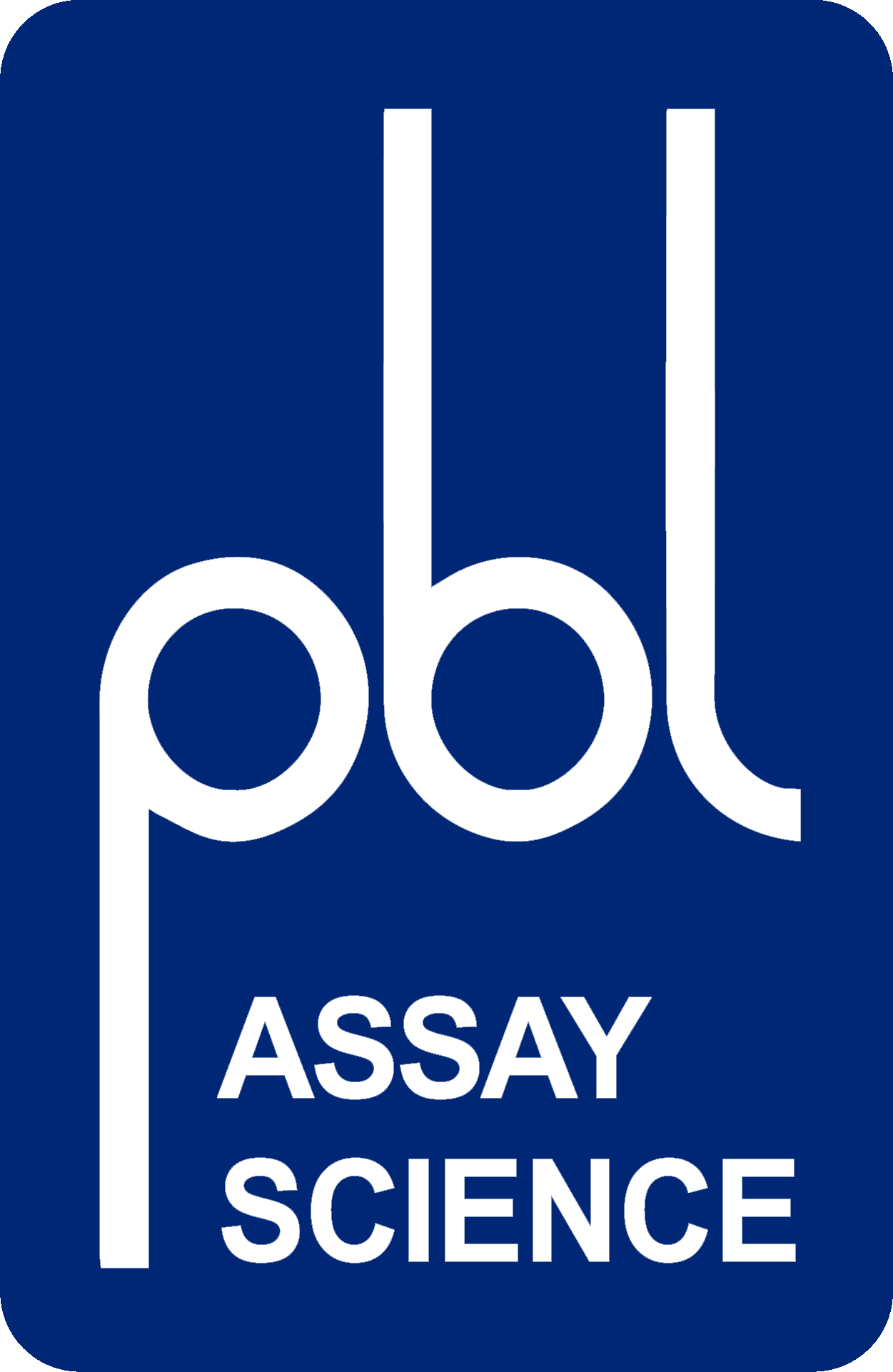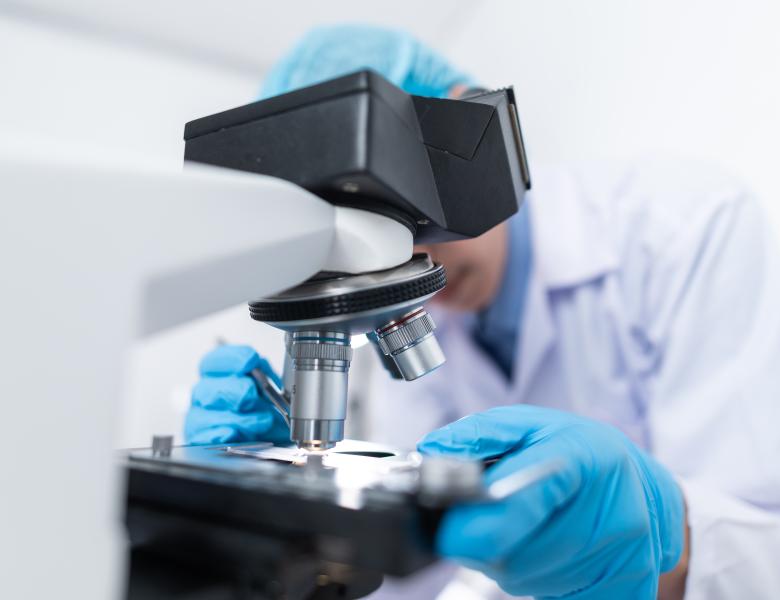Cell-based assay tools are key to understanding cellular mechanisms in a biologically relevant context. PBL offers a targeted portfolio of cell-based assay services to provide you with the most relevant information and facilitate the advancement of your research.
Whatever your cell-based study needs, PBL will work with you to determine the most suitable assay program to meet your goals. PBL's services team is a trusted partner of midsize and major biotech and pharma companies worldwide.
Cytopathic Effect Inhibition Assay Service (CPE)
-
Widely accepted standard bioassay for determining the biological activity of interferons (IFNs)
-
More than 20 years of experience serving Pharmaceutical, Biotechnology, Contract Research, and Academic scientists
-
Services available for measurement of IFN-Alpha, IFN-Beta, IFN-Omega, IFN-Gamma, and IFN-Lambda bioactivity in human samples, in a variety of other species, and in multiple matrices
The standard bioassay used to determine the biological activity of interferon (IFN) encompasses measurement of the protection of cells from the cytopathic effect (CPE) of certain viruses. IFNs are pleiotropic cytokines with antiviral, antiproliferative, and immunomodulatory activities. The biological activities of IFNs can be assessed by bioassay methods that quantify any of these characteristics. However, the standard IFN bioassay has been the protection of cells from CPE of certain viruses, since this was the initial activity which defined these molecules. CPE assay services may be used to measure the antiviral activity of IFN-α, β, ω, γ, and λ in human samples, as well as in a variety of other species, and in multiple matrices.
Frequently used systems (high level of assay sensitivity and accuracy):
-
-
- Human A549 / EMCV
-
- Bovine MDBK
-
- Mouse L929 / VSV
CPE assays are inherently complex due to the metabolic state of cells, virus replication, and the ability of IFN to protect cells. Our years of knowledge and expertise in CPE assays will reduce variability and provide you with reproducible quality results.
Results are provided either as a graphical representation of dye binding which allows slope and parallel line analysis, or visually determined from microscopic examination of the CPE and determination of the dilution of test samples which protects 50% of the cells.
Proliferation & Anti-Proliferation Assay Services
-
Evaluate cytokine and other modulator activities with growth inhibition, growth promotion, and cytotoxicity assays
-
Utilizes cell lines sensitive to IFNs or other growth-modulating cytokines
-
Allows cell line screening to address specific client applications and clinical indications
Growth promotion and inhibition assays are often used to measure cytokine and drug activity profiles. Such Proliferation and Anti-Proliferation (AP) assays utilize a variety of cell lines and protein or small molecule stimuli to address specific applications and clinical indications. EC50 or IC50 results are provided.
Figure 1 shows OVCAR-3 grown in the presence of IFN-alpha. Cellular anti-proliferation was quantified using soluble tetrazolium reagent. Figure 2 shows TF-1 grown in the presence of GM-CSF. Cellular proliferation was quantified using soluble tetrazolium reagent. For both graphs, the quantity of reduced reagent product is directly proportional to viable cell number.
Service Citations:
- High yield soluble bacterial expression and streamlined purification of recombinant human interferon α-2a. Bis et al., 2014, Protein Expression and Purification, 11:138-146. (link)
Cytokine Secretion Detection Services
Accurate measurement of the ability of a sample to induce cytokine production and/or release from cell lines or isolated donor cells is the standard assay for certain applications, such as measurement of IL-18 activity.
Figure 3 shows resting NK-92 cells stimulated with human IFN-Alpha 2a or human IFN-Alpha 10. Following stimulation, cell supernatants were harvested and analyzed for human IFN-Gamma production by ELISA. Data are graphed as a function of IFN-Alpha concentration (x-axis) in the bioassay. EC50s were determined by nonlinear regression using a four-parameter curve fit.
Neutralizing Antibody Assay Service
-
Accurate determination of sample inhibitory effect on the biological activity of cytokines such as interferons (IFNs)
-
Neutralizing activity measurement performed in a cell-based assay format using serum, plasma, cell culture media, or tissue culture media samples may be used as an anti-drug antibody (ADA) assay
The standard method of accurately determining whether a sample may inhibit the biological activity of cytokines is the neutralization assay. Results, provided either as a visual read or in a graphical format, reveal the ability of a sample to block the activity of IFN added at a specific concentration which provides 100% cell protection.
Suitable for serum, plasma, cell culture media, or tissue culture media samples. May be used as an anti-drug antibody (ADA) assay for certain therapeutics.
Figure 5. Representative neutralization curves of a sample of two monoclonal antibodies to interferon in a cytopathic effect inhibition (CPE) assay to determine neutralization titer. One neutralization unit is the amount of antiserum or antibody (NAb) required to neutralize one unit of human interferon to a 50% endpoint in the bioassay. The units are determined with respect to the international reference standard for interferon.
Talk to a Scientist






